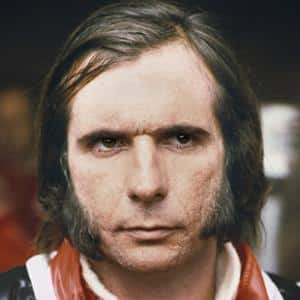Emerson Fittipaldi: ‘McLaren has strong leaders — just like when I won in ‘74’
He made a bold move to McLaren in 1974, but by the end of the F1 season, Emerson Fittipaldi was world champion. He tells James Elson that 2025 could be another special year for the team

Grand Prix Photo
The McLaren M23 gleams on the Goodwood start line, radiant in its red and white livery. The Cosworth DFV engine lets out a familiar guttural bark as Emerson Fittipaldi floors the car to blast past the Duke of Richmond’s manor.
“It’s in remarkable condition – ready to start a grand prix!” the double world champion exclaims later. “All the memories from the M23 I drove for two years…”
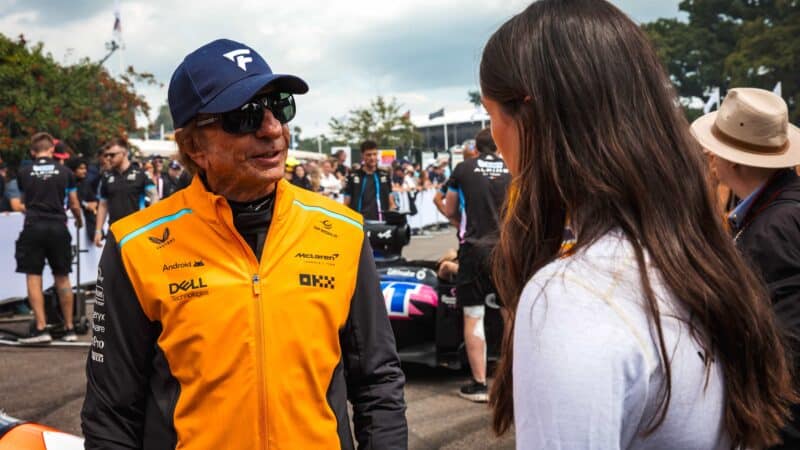
Once a McLaren man, always a McLaren man: Fittipaldi in team colours at Goodwood
Getty Images
The F1 legend is at the Festival of Speed to celebrate his and McLaren’s famous 1974 title double, 50 years on. It was the championship challenge which proved the doubters wrong, leaving behind Colin Chapman’s superstar Lotus outfit to compete for a team which had never won a title before. And on the dollar of a tobacco company!
Despite the five decades passing, the memories are no less vivid to the Brazilian. All the more pertinent too, since the team that delivered his final world championship is on the brink of grand prix glory again.
After Lando Norris’s famous debut win in Miami, McLaren now finds itself regularly competing at the front once more with a 2024 car which is arguably the class of the field.
Sitting in the (relative) calm of the McLaren paddock at a packed Goodwood, Fittipaldi recalls a benchmark campaign, as well as drawing comparisons with the team in its modern iteration.
His McLaren move had come after a controversial end to the 1973 championship. Lotus boss Chapman had refused to give Ronnie Peterson the team orders asking him to slow and hand Fittipaldi the win at Monza, allowing Jackie Stewart to clinch the title for Tyrrell instead.

The M23 is 50 years old but at Goodwood its DFV was as raucous as ever – with Emerson driving.
Getty Images
Fittipaldi, who had claimed a debut F1 win in just his fourth race for Lotus, and a first championship two years later, had seen enough. Luckily, Philip Morris’s motor sport man John Hogan had a plan. The tobacco company had become exasperated with its grand prix partner, BRM, too.
The cigarette exec got in touch with Fittipaldi, telling him to pick whichever vacant F1 seat he liked for ’74 and Marlboro would stump up the cash.
“It was a big responsibility,” Fittipaldi remembers. “I went to Brabham and Bernie [Ecclestone] – they had Gordon Murray who was fantastic. Then I went to Ken Tyrrell, another great Formula 1 team – because Jackie [Stewart] had just retired.
“But then I saw McLaren. I felt a very good energy from [managing director] Teddy Mayer. He was a friend of [team founder] Bruce McLaren. Alastair Caldwell was a fantastic team manager, and Gordon Coppuck was a very good designer.”
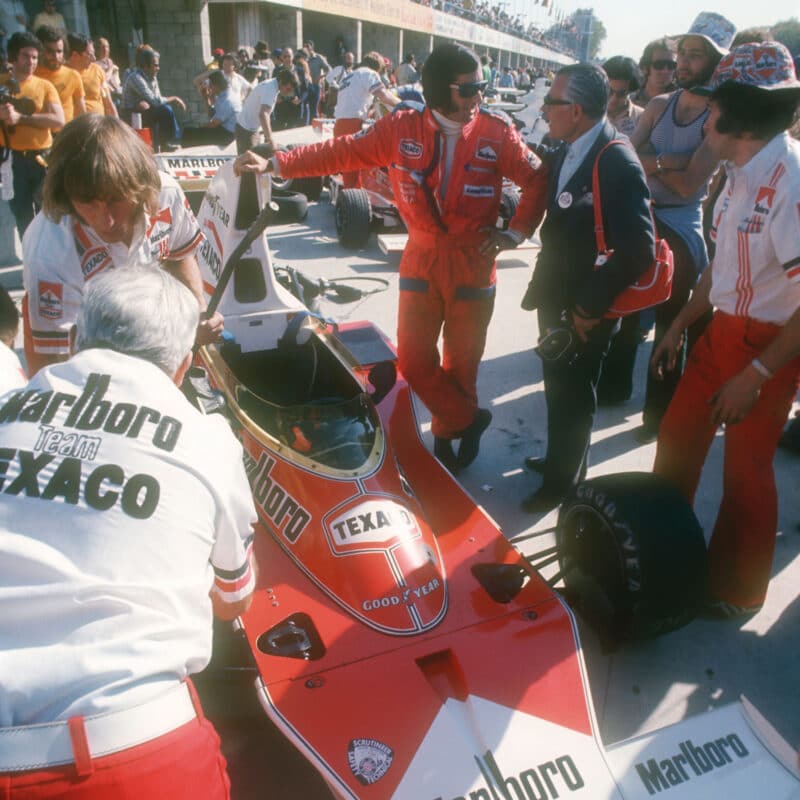
Fittipaldi, 1974 Spanish GP
Grand Prix photo
McLaren had been a competitive outfit since started by its eponymous leader in 1966. It had won races, finishing second in the 1968 constructors’ championship. It just needed someone with that killer edge – a driver who knew how to get things done.
“When I jumped into the McLaren, it was a conventional car, very forgiving ”
Not only was Fittipaldi rapid in races, he was also a hardworking test and development driver. He and his Marlboro money would turn out to be the final pieces in the McLaren puzzle, but the Brazilian says he had faith in those already at the team.
Just like in the early ’70s, McLaren now has strong characters leading the charge. Fittipaldi believes it’s no mistake the squad is emulating past glories as a result.
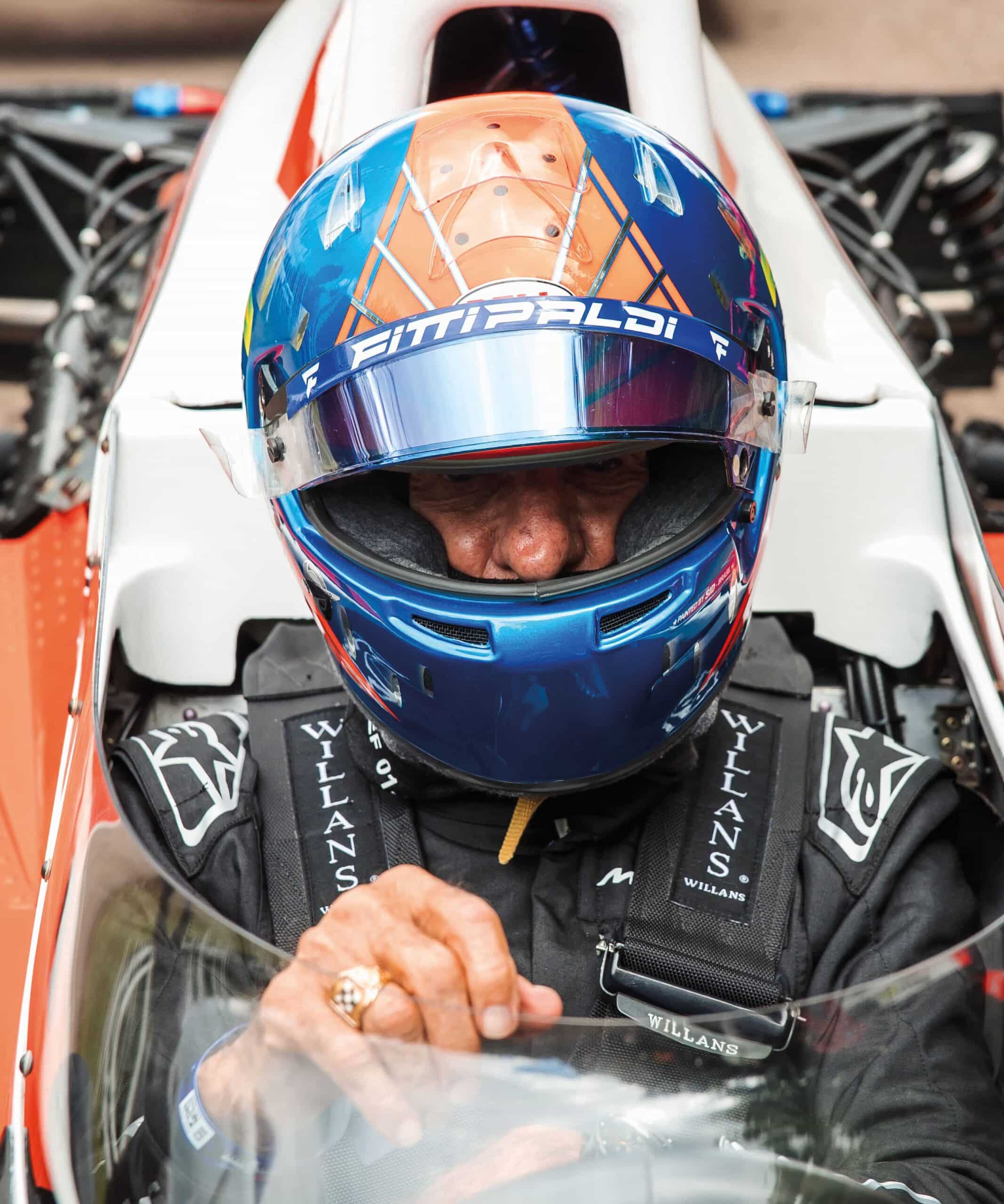
“I think Zak Brown and Andrea Stella make a very strong combination,” he says.
While Stella, like Caldwell, has set about getting the most out of McLaren personnel in recent years, marketing expert Brown has managed to supercharge the team’s commercial prospects. In his final years, Hogan would work as a consultant for the latter’s JMI marketing company pre-McLaren – Brown has learnt from the best.
The car had a decidedly blank papaya livery during Brown’s early tenure as CEO, devoid of sponsors, but now both machine and team gear colours are festooned with household brands: Google, Coca-Cola, Dell, Hilton, Ebay and many more. With two thrusting young drivers Norris and Oscar Piastri, it’s the F1 name so many companies want to be associated with.
Another comparison, then, with 1974 and all that. Fittipaldi emphasises that the boost in finance, and thus resources, helped turn it into a championship-winning prospect.
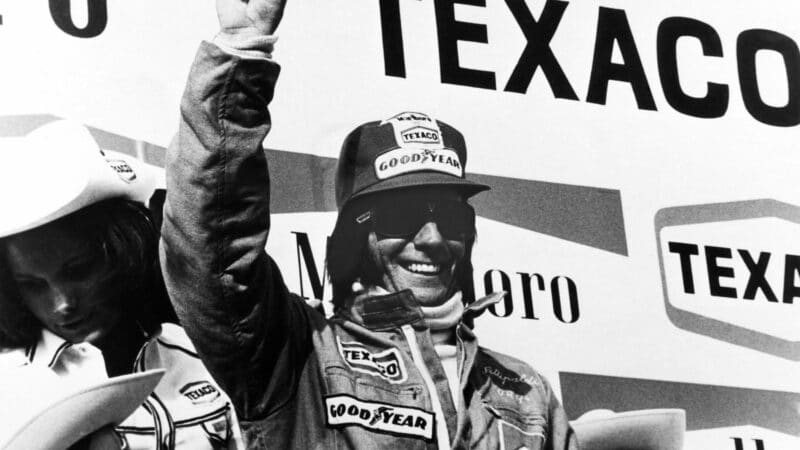
V for victory, Nivelles in 1974, and Fittipaldi led the standings
Grand Prix Photos
“It was not just myself joining, but the money we were bringing through Marlboro into the team,” he says. “They had good sponsorship from Yardley, but Marlboro brought a different level, a new potential to win the world championship.”
It was soon evident. Again like in 2024, Fittipaldi’s first McLaren campaign got off to a slow start at Round 1 in Argentina with reliability issues. Come the next race at his home event at Interlagos, though, the new pairing was on song.
After taking pole by two-tenths ahead of Brabham’s Carlos Reutemann, Fittipaldi claimed the victory followed by Ferrari’s Clay Regazzoni – his title rival for the season.
“In Brazil I received a lot of criticism: ‘Oh, he left Lotus to go to ‘Team Marlboro’,” Fittipaldi recalls. “I had the tremendous pressure from the media, from the fans. I won in my second GP, my home race. Winning there motivated the team even more.”
The race was the springboard for a championship challenge, with Fittipaldi helped by having the right car. While his previous Lotus 72 might have been a more gilt-edged weapon, the M23 was the pliable racing tool.
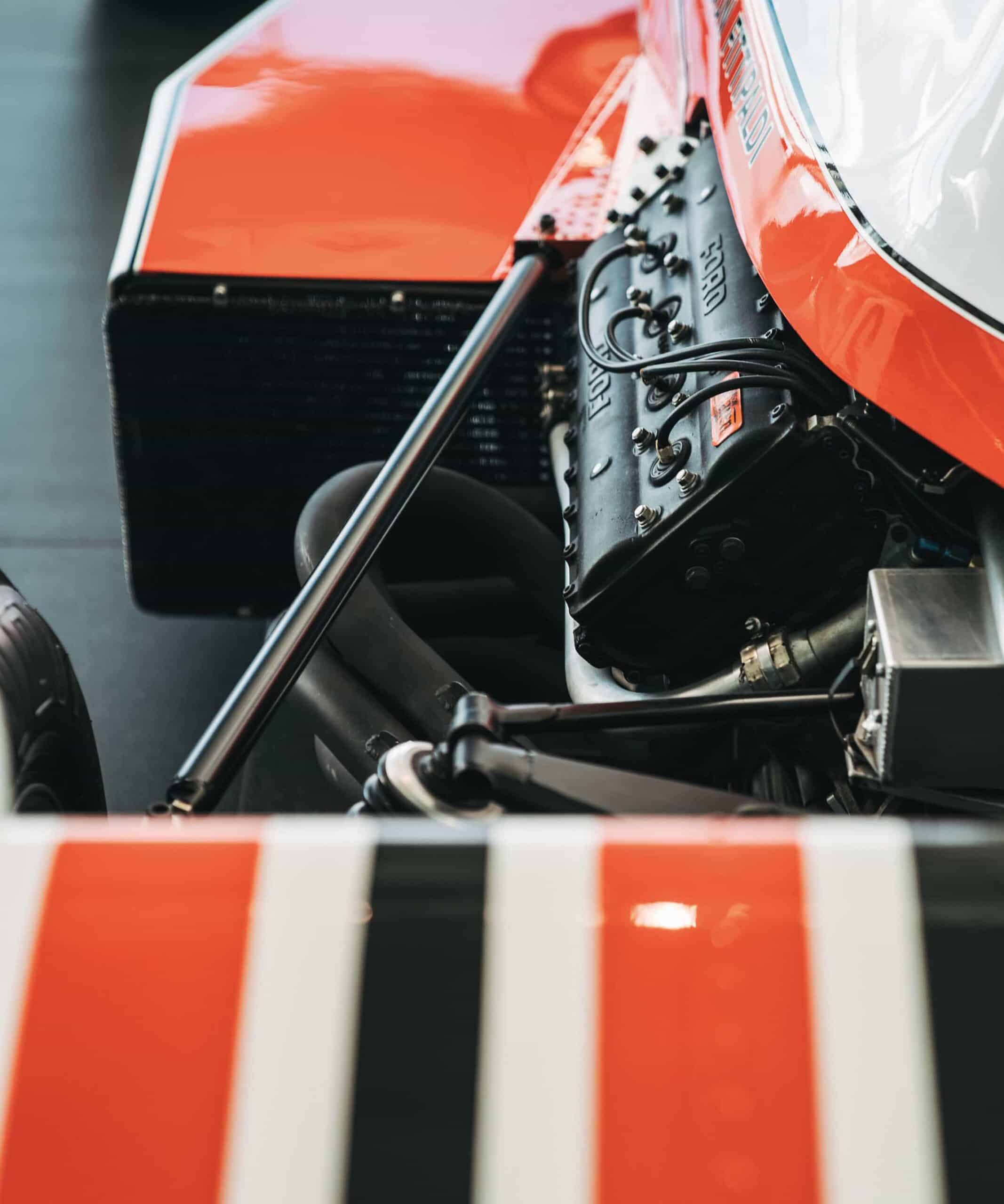
“I’d driven the 72 for four years, I knew it very well,” he says. “When I jumped into the McLaren, it was a more conventional car, very forgiving. Good in the quick corners – more so than the Lotus. I felt a lot of confidence to use it to the limit; easy to correct. McLaren was well-organised, always well-prepared for the next race. We’d have three different bell housings to make the chassis different lengths: shorter, mid-size and longer, using the latter for faster corners, etc.”
Just like McLaren’s drivers in the MCL38 today, Fittipaldi had a car with which he could fight – and did. Heading into the mouthwatering final-round showdown at Watkins Glen, he and Regazzoni were tied on points.
The Swiss got the jump at the start, but soon Fittipaldi was able to use his M23 to make a decisive move back past and race to his second F1 crown. Regazzoni would fall out of the reckoning with handling issues for his 312B, handing McLaren a first constructors’ title too.
“When I went back to Switzerland and picked McLaren, Marlboro questioned me, saying it had never won the championship – well now they’d won two!” he laughs.
The one difference between the McLaren on the verge of glory that Fittipaldi joined and today is that the 2024-spec team perhaps has everything it needs already – its key players just require a little more experience, he says.
“In Lando and Oscar, they have young lions starting to awaken,” Fittipaldi asserts. “They’ll help each other get the [winning edge], because when you drive like that at this level, you’re helping the team.
“I went to the factory recently. I saw a lot of enthusiasts, motivated to win. McLaren has a chance next year. Difficult, but not impossible. It has all the ingredients.”
